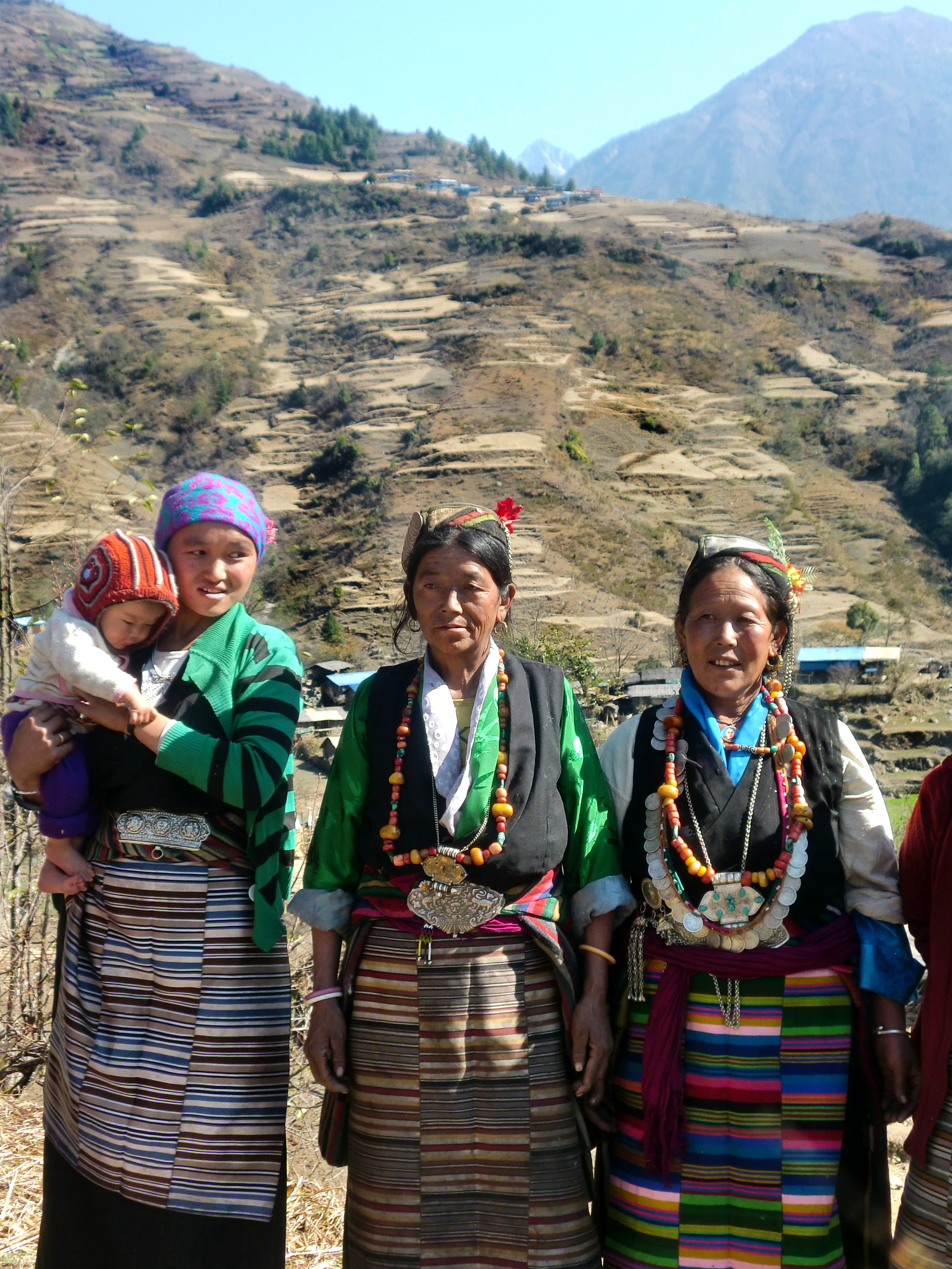Celebrating Five Years of SIL LEAD
/In May 2011, SIL LEAD was conceived in order to better serve minority language communities through partnerships with international agencies. In 2012, our first project was the USAID Uganda School Health and Reading Program, which will conclude next year. SIL LEAD has carried out 20 other projects, impacting communities in 14 countries and 40 languages.
This report covers SIL LEAD’s first five years and summarizes the projects and work we have done. One exciting development that differed from our normal projects was that SIL LEAD supported SIL International in submitting Bloom software to the All Children Reading: Enabling Writers Prize competition, for which Bloom was chosen as the grand prize winner. SIL LEAD has contributed sociolinguistic, education, and language technology assistance to projects in the Democratic Republic of the Congo, Indonesia, Kenya, Liberia, Malawi, Nigeria, Pakistan, Tajikistan, and Tanzania.
Please download the report to read about how we have grown as an organization. Included in the report are profiles of those who have contributed their talents to this effort.















